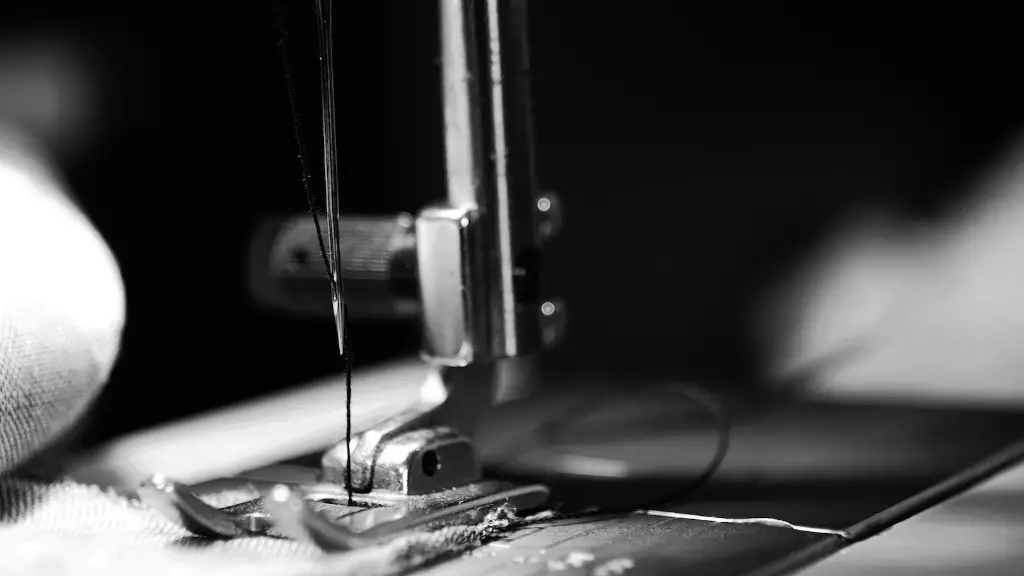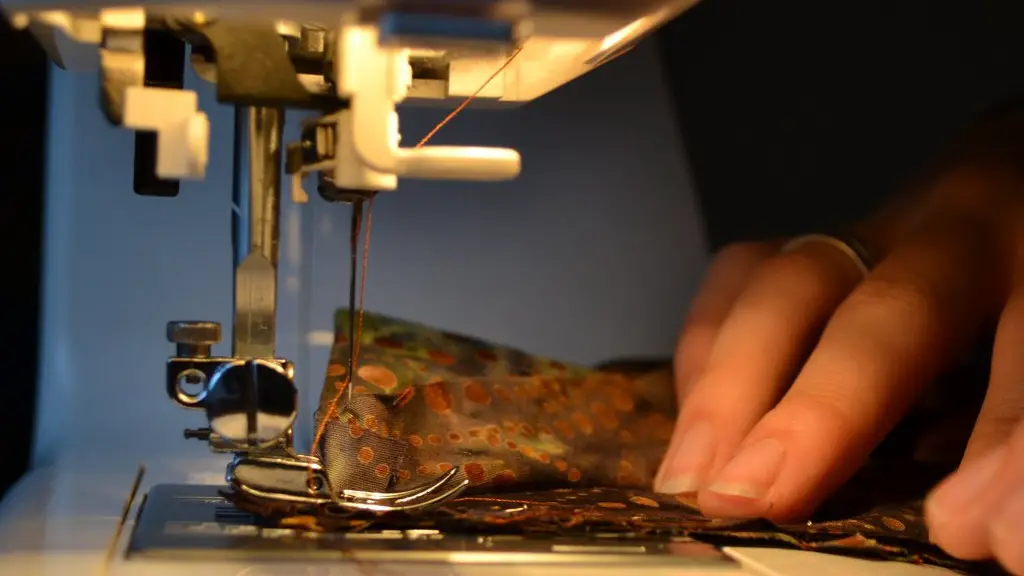Oil Sewing Machine 101
We all know that a well-maintained sewing machine is essential for any sewing project. Routine maintenance consisting of oiling and cleaning your sewing machine is an essential step in keeping it in perfect working order. But the question remains — how often do you need to oil a sewing machine?
Regular oiling helps to lubricate sewing machine parts, reduce friction and prevent operational wear and tear. As a result, experts recommend frequently applying a few drops of the correct oil to your sewing machine — oiling it at least once a month — to keep it in good condition. If left untouched for a few months, rust may develop within the mechanics, reducing sewing machine longevity.
Over-oiling may also be an issue — use only a few drops of oil so as not to cause rusting, sticking or slow running. Carefully select the correct oil to use with your machine. For example, heavier oils such as 3-in-1 or sewing machine oil tend to be heavier and thicker, whereas lighter vegetable oil will evaporate more quickly as it is exposed to air.
Check your user manual for oiling instructions. Oiling tips typically depend on the type of machine you have. Different manufacturers may specify different lubrication lubricants, so be sure to follow the instructions you have been given. Also, depending on the type of machine you have, some parts may need to be oiled more frequently than others.
If you are unsure how often to oil your machine, it may be worth consulting a sewing machine technician. They are trained in properly cleaning and lubrication maintenance, and can recommend the best type of oil for your machine. To ensure that oils do not corrode delicate machine parts, some professionals suggest avoiding oiling the main frame, gears, and runways.
Finally, be sure to properly clean your machine before and after oiling it. This will help to identify any issues before they become serious, and ensure that your machine runs properly.
Conclusion
Overall, proper maintenance and frequent oiling of your sewing machine is essential in order to keep it in good working order. Whilst different manufacturers may specify different materials, oils should generally be light and resist evaporation. Select the correct oil for your machine and refer to the user manual for specific oiling instructions, and do not hesitate to contact a technician if you require more support.
Signs of a Healthy Machine
If your machine is regularly oiled and in good condition, it should show the following signs of healthy operation:
- Smooth sewing: thread should move steadily, quickly, and without snagging.
- Good tension: neither too tight nor too loose.
- No skipping stitches or broken threads.
- The needle should remain in its correct position after each stitch and should never jam.
- Quiet operation – no grinding or knocking noises.
If the machine does not meet these criteria and oiling does not help to resolve the issue, it could be a sign of serious damage and it may require professional assistance.
Environmental Impact
When disposing of machine oil and cleaning materials, consider their environmental impact. Some oils are not biodegradable and may contain hazardous materials, so it is advisable to use an environmentally friendly cleaning product that is not harmful to the environment. After cleaning, empty the leftover machine oil by pouring it onto pieces of cloth, tissue paper or newspaper, allowing it to dry and then throwing it away in an environmentally responsible manner.
Storage Considerations
Storing a sewing machine correctly and in an appropriate environment is key to its longevity. Avoid storing a machine in a place that is too hot or too damp, as these can cause rusting and other problems. Regularly check for signs of rust in areas such as the gears and needle plate, and take prompt action to eradicate any signs. Storing a sewing machine correctly and in an appropriate environment is key to its longevity.
Maintenance Tips
Regular maintenance is essential for optimal sewing machine performance and can help to ensure a long-lasting, high-quality machine. Strive to keep your sewing machine clean, oiled and in good working condition. If the machine is used for more than two hours continuously, oiling it can help to reduce friction and improve performance.
Check the machine once a month to ensure that parts are working correctly and are not showing any signs of rust or wear and tear. Carefully inspect any loose threads, bent needles, fraying edges, etc, and take the necessary steps to restore the machine to optimal function. Follow the manufacturer’s instructions at all times.
Care and Handling
Properly handling the sewing machine is essential in order to keep it in good condition. Always unplug the machine when not in use, and prevent dust and debris from getting inside. Other tips include removing the dust bag if the machine has one, and keeping the work area clean and well-lit. Finally, always use needles of the correct size and type for your fabric – a wrong needle can cause damage to the machine.
Safety Measures
Adhering to safety guidelines is key to protect yourself from any potential harm caused by the operating machine. Always wear safety glasses when using the machine and avoid loose clothing and jewelry. Secure the workpiece before sewing and check that the presser foot is properly engaged. Never leave a running machine unattended and keep long hair restrained. Finally, make sure to unplug the machine when cleaning or performing any kind of maintenance.



